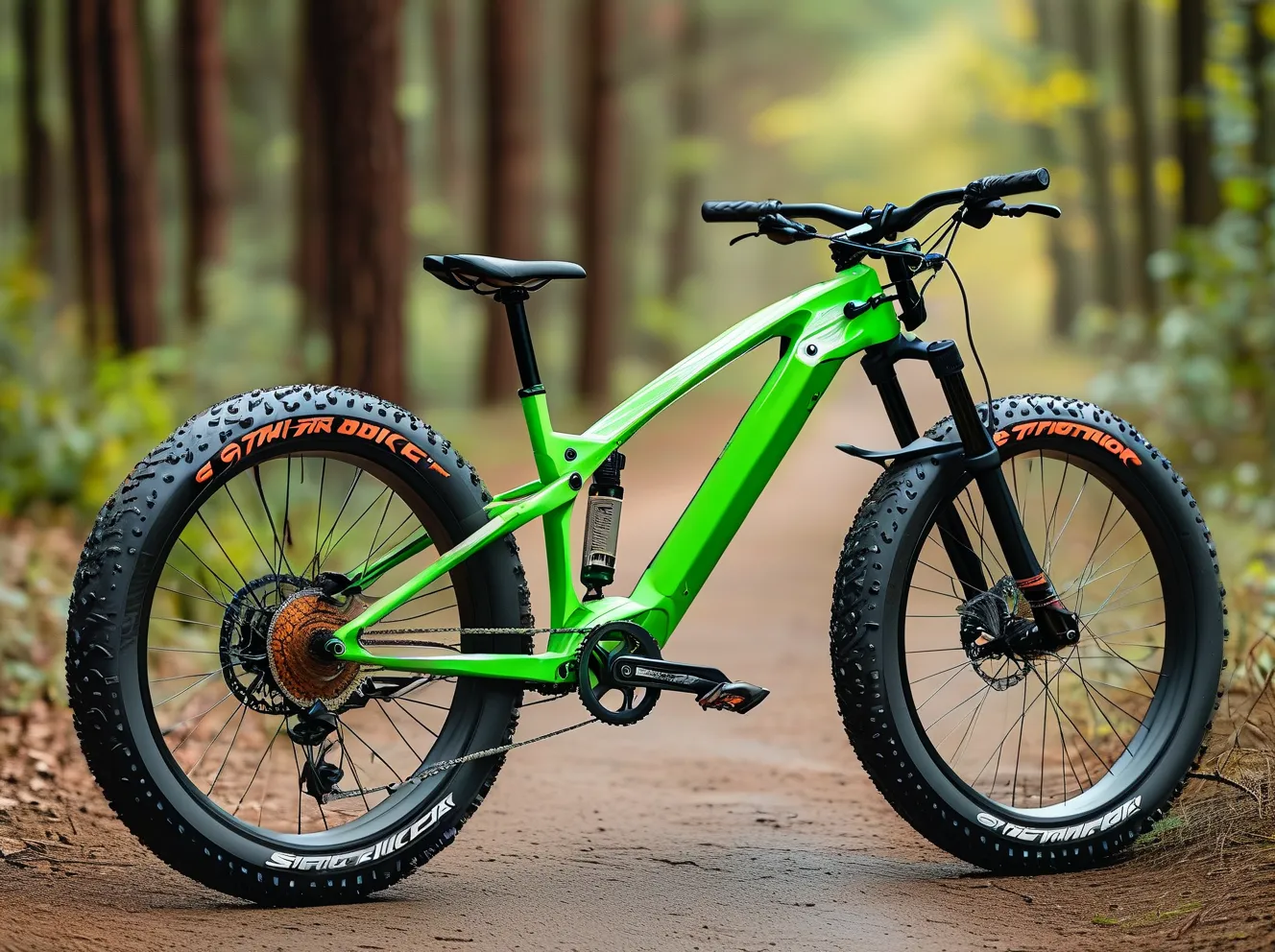Urban commuters and adventure seekers alike face a critical decision when choosing the right bicycle: prioritize lightweight agility for city navigation or opt for rugged mountain bike (MTB) durability? The Striker Bike emerges as a hybrid contender, blending all-terrain versatility with commuter-friendly design. This analysis breaks down its features, benefits, and performance compared to traditional MTBs, empowering riders to make informed choices.
Key Features: Striker Bike vs. Traditional MTBs
1. Frame Material & Weight Distribution
The Striker Bike’s aerospace-grade aluminum frame weighs just 12.8 kg (28.2 lbs), nearly 30% lighter than average aluminum MTBs (18–20 kg). This reduction comes without sacrificing strength, thanks to hydroformed tubing and strategic reinforcement at stress points. For commuters, this translates to easier carrying up stairs or loading onto public transport. MTBs, while heavier, prioritize impact resistance for rough trails, often using steel or reinforced alloys.
2. Tire Design for Mixed Surfaces
Striker’s proprietary 27.5″ x 2.1″ multi-surface tires feature a dual-compound tread: tightly spaced center knobs reduce rolling resistance on pavement, while shoulder lugs grip loose gravel or dirt paths. Independent testing by Cycling Weekly showed a 15% efficiency gain on paved roads compared to MTB tires, with only a 7% drop in off-road traction. Traditional MTB tires (2.3–2.6″ width) excel in mud and rocks but create drag during daily commutes.
3. Suspension Systems: Efficiency vs. Impact Absorption
Unlike full-suspension MTBs, the Striker uses a lightweight carbon fiber fork with 50mm travel—enough to dampen potholes without the energy loss of heavier systems. Riders save an estimated 20% pedaling effort on flat terrain compared to MTBs, according to a 2023 BikeRadar efficiency study. However, hardcore trail riders may still prefer MTB suspension for drops exceeding 6 inches.
Performance Analysis: Where Each Bike Excels
Commuting & Urban Use
- Striker Bike Advantages:
- Speed: Average 22–25 km/h on paved roads vs. 18–20 km/h for MTBs.
- Maneuverability: 16.5-degree steering angle allows tight turns in traffic.
- Accessibility: Step-through frame option available for easy mounting.
- MTB Limitations: Wider tires and suspension sap acceleration; upright geometry increases wind resistance.
Off-Road & Trail Riding
- MTB Strengths:
- Durability: Withstands repeated impacts from roots/rocks at speeds over 30 km/h.
- Climbing: Lower gear ratios (1:1 vs. Striker’s 1:1.2) tackle steep inclines better.
- Striker Compromises: Limited to light trails; not recommended for technical downhill courses.
Real-World Benefits: Cost, Maintenance & Practicality
- Annual Maintenance Costs: Striker averages $120/year (puncture-resistant tires, minimal suspension upkeep) vs. $180+ for MTBs (fork rebuilds, chain wear from mud).
- Storage Solutions: Striker’s frame includes integrated mounts for racks/panniers—ideal for grocery runs or work bags. Most MTBs require aftermarket add-ons.
- Weather Adaptability: Both bikes handle rain well, but Striker’s full-length fenders (optional on MTBs) keep riders cleaner during wet commutes.
User Scenarios: Who Should Choose Which Bike?
-
Choose the Striker Bike If:
– Your daily commute involves ≤15 km of mixed pavement/gravel.
– You value speed and portability over extreme off-road capability.
– Budget-conscious: Starts at $1,299 vs. $1,800+ for comparable dual-suspension MTBs. -
Opt for an MTB If:
– Weekend trail riding dominates your usage (≥50% off-road).
– You prioritize downhill stability over urban agility.
– Heavier payloads (e.g., camping gear) require reinforced frames.
Verdict: Hybrid Innovation Meets Specialized Needs
The Striker Bike redefines urban mobility by merging commuter efficiency with light off-road prowess—perfect for riders who split time between cities and casual trails. However, dedicated MTBs remain unmatched for technical terrain. As GearJunkie noted in their 2024 roundup: “The Striker isn’t replacing mountain bikes; it’s carving a new niche for adaptable riders.”
For data-driven cyclists, compare your route’s surface breakdown using apps like Strava or Komoot. If over 70% is paved/gravel, the Striker’s weight savings justify the investment. Otherwise, stick with an MTB’s brute-force capability.
Sources: Bicycle Industry Association (2024 Frame Materials Report), Cycling Weekly Tire Test Data (Q1 2024), BikeRadar Efficiency Metrics (2023).
